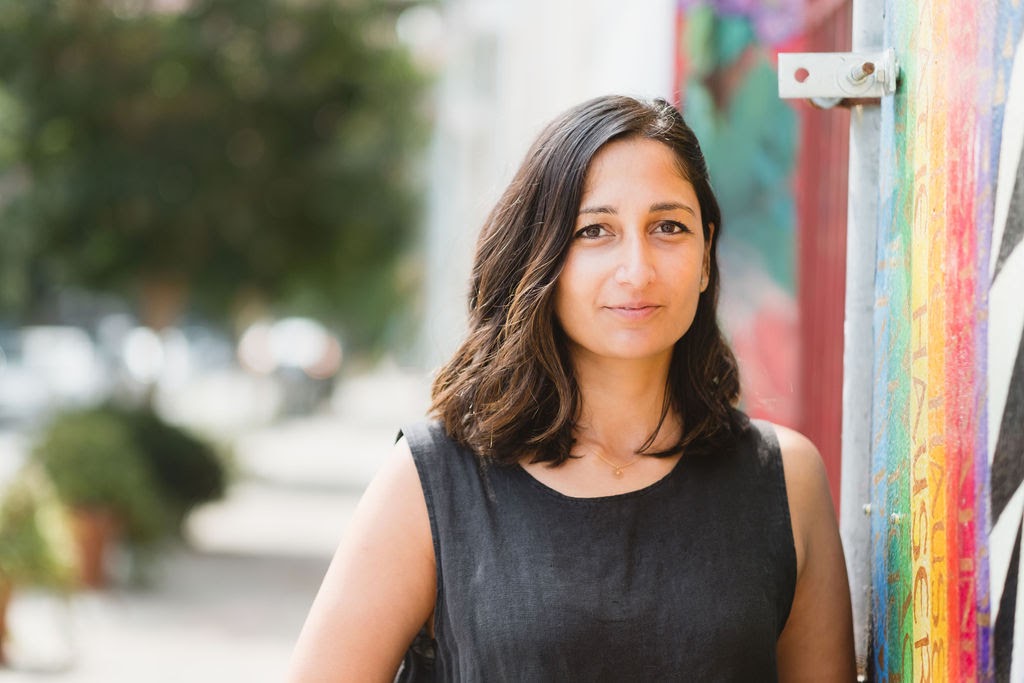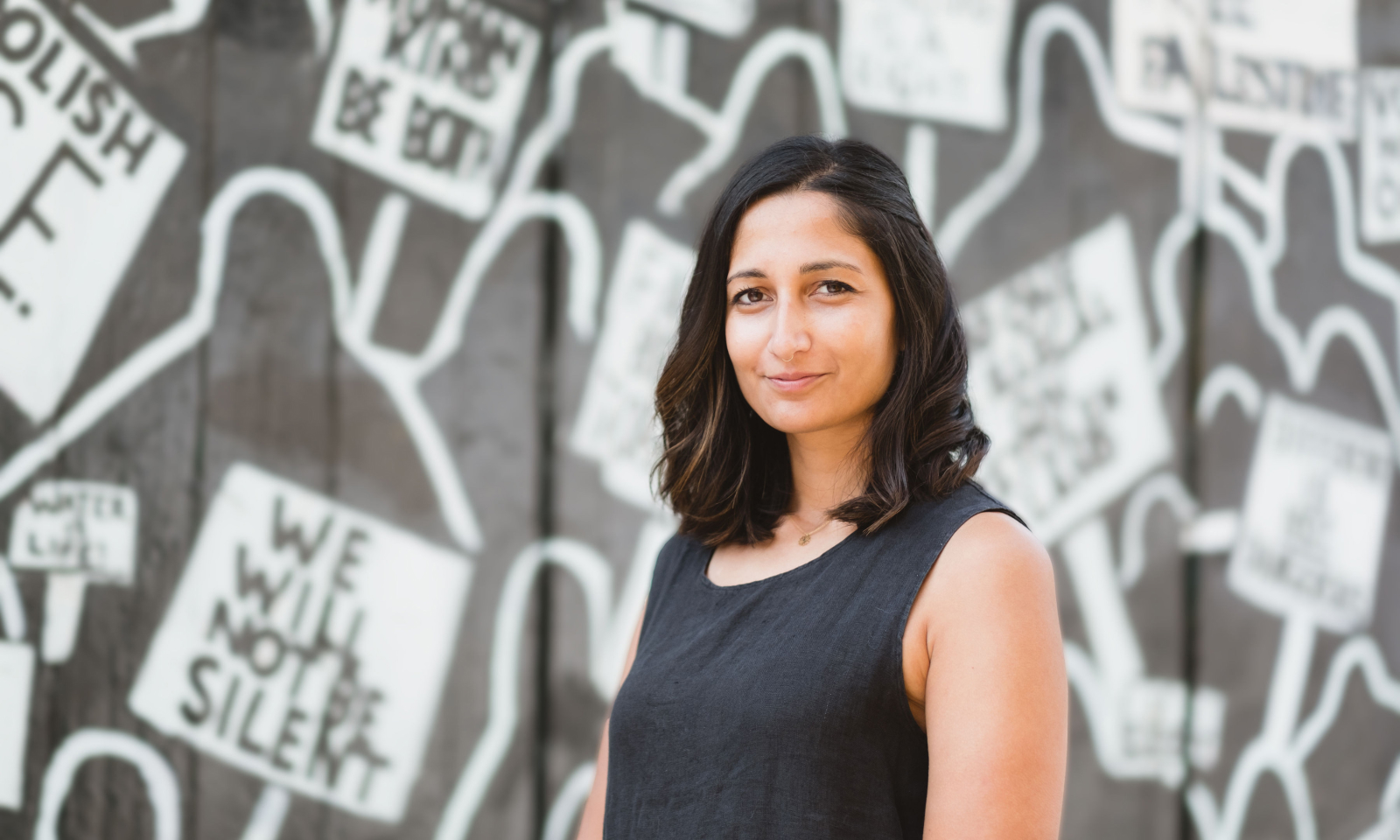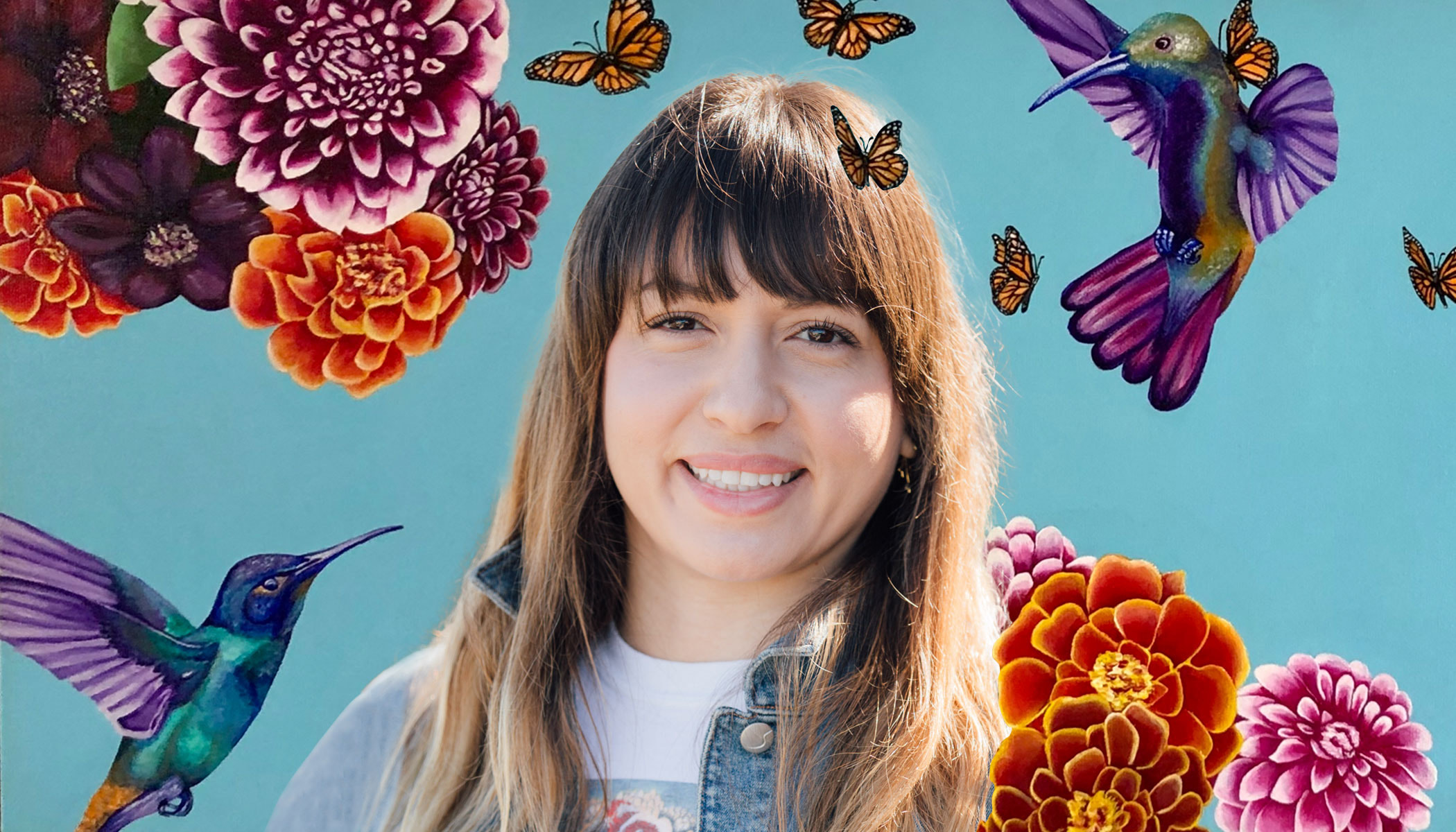Sep 3, 2020 · 4 min read
Q&A: Using Human-Centered Design To Advance Criminal Justice Reform

At CZI, we’re committed to building a better future for everyone. In practice, that means designing equitable systems for criminal justice, housing, immigration, and more. And it means ensuring that everyone has a hand in designing these systems—especially the people they impact most.
That’s where Nivi Ramesh Brett comes in. She’s a veteran product designer committed to putting humans at the center of her process. At CZI, she has used those skills to help address deep-seated inequalities in the education and criminal justice systems.
“Through CZI’s resources, networks and expertise, what we build can have a large-scale impact on big systemic issues” Nivi says. “We can actually move the needle.”
That’s exactly what Nivi is doing. As one of the first designers on CZI’s Education team, she played a formative role in designing the Summit Learning Platform, a tool that reimagines the role of both teachers and students in classrooms and is implemented in 300 schools nationwide.
Nivi now leads design and research for the criminal justice portfolio within CZI’s Justice and Opportunity Initiative. Using human-centered design processes, she and her team are creating products to support communities, advocates, and practitioners in the criminal justice system.
We sat down with Nivi to learn more about her work and her approach to product design.
What are you working on right now?
Our team designs for many stakeholders within the criminal justice system. We build tools for grassroots organizations (such as Community Bail Funds), to become more operationally efficient so they can spend more time on organizing and building movements and less time on administrative tasks. This enables them to be better advocates for reform within their communities. We also work with local and state governments to build data infrastructure. This enables a more systematic approach to data collection within the criminal justice system in order to support more effective, evidence-backed legislation.
I’m building a team of designers and researchers who want to design for positive social impact, and who believe we have a responsibility to use design to achieve equitable outcomes.

You’re a big advocate for participatory design—the idea that users and stakeholders should be at the heart of the design process. What does that look like at CZI?
This manifests in a few ways. First, we work closely with subject matter experts. When I was working with CZI’s Education team, we partnered with teams who had designed curriculums centered around self-directed learning.
Second, we involve people who are part of the communities we are designing for. We try to provide them with tools to co-create solutions with us. Currently, a few local Bail Funds are our partners in defining the vision for the products we are building to serve local, grassroots organizations.
It also looks like building teams that are inclusive of many backgrounds and experiences. It means hiring designers and researchers who are experts in process but who also have unique or relevant lived experiences to draw upon.
You’re also experienced in human-centered design. How does that come through in CZI’s work?
Human-centered design is a way to center the unmet needs of people in your approach to solving a problem. This is where we start, and we do so by listening, impartially observing, and aiming to understand people’s motivations and needs.
But our approach doesn’t end there. Humans exist within larger cultural, societal, and historical, contexts, so we always consider the broader impacts from and on those systems. A student’s experience is impacted by their teachers, parents, school, districts, and state curriculums. A person going through the justice system will have interactions with prosecutors, judges, prisons, loved ones and their employers. There are also many factors like race and economic status that might affect their experience with the system. At CZI our work is all about systems change, and human-centered design means considering the human experience inside those systems.
Is there something unique about CZI’s approach to product design?
CZI has a very multifaceted approach to solving problems. Technology is one important lever, but it is not a silver bullet. Our Justice and Opportunity team also funds organizations on the frontlines of reform, who are doing important advocacy work to build movements, change policy, and change culture.
Some technology companies say “Here’s our product, and here’s the problem it solves.” CZI says: “Here’s the problem to be solved, and here are all the different ways to solve that problem.” Product is one small but important way to move the needle on important systems change.





